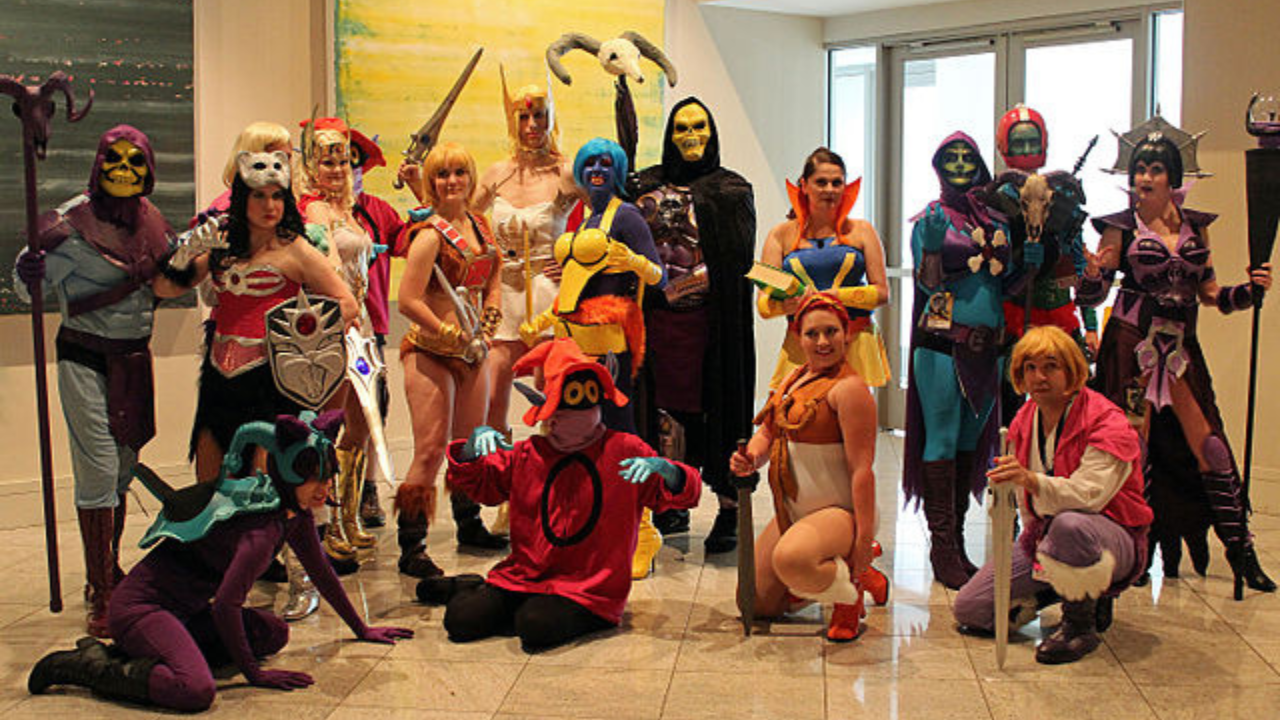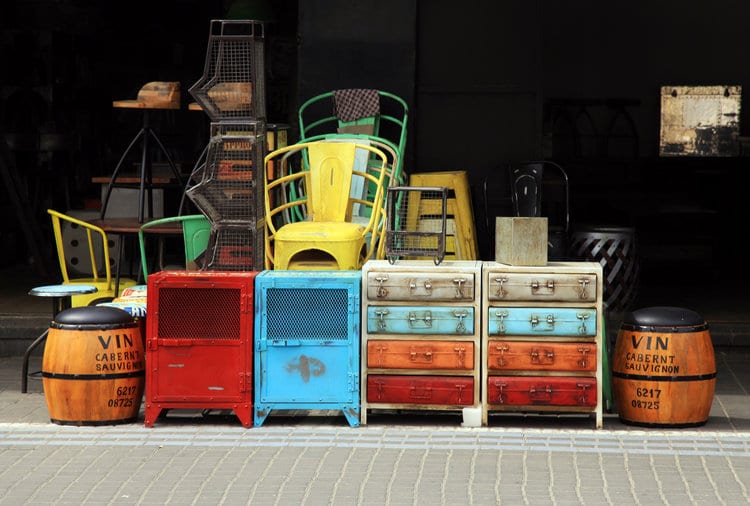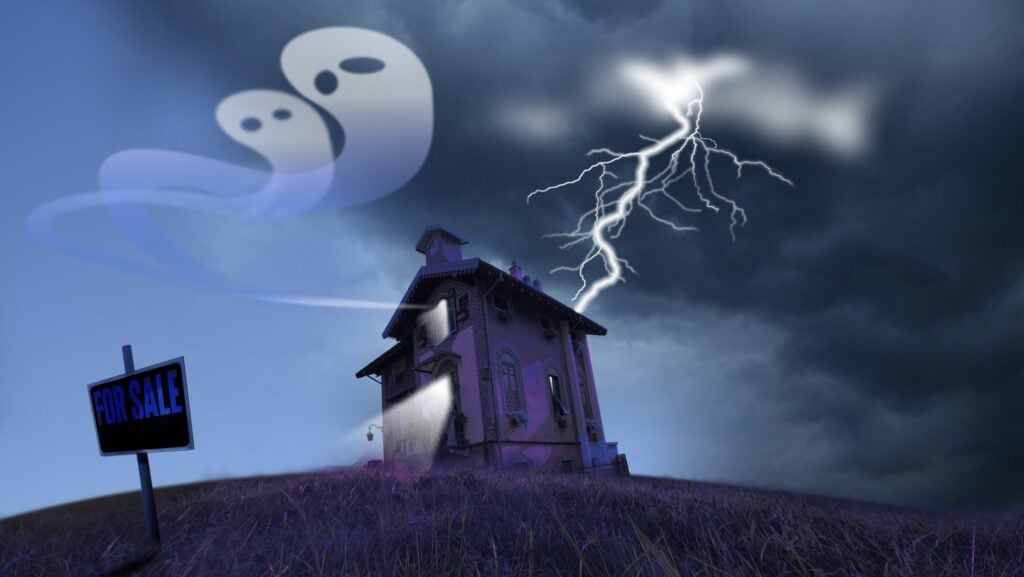Over the last decade, you’ve probably spotted a wave of 80s-inspired tunes and themes taking over the pop-culture scene. Since the start of the 2000s, the retro vibe has flooded markets and media. With neon-tinted hues and synth pop, the homecoming of a few iconic characters, the 80s DNA runs strong in the executive rooms, making major publishing decisions right now.
The ’80s are Back, Alright
Right now, no one can put the ’80s baby in the corner because they are the ones making executive decisions in film studios and spending wads of cash in theatres. It is why Top Gun Maverick came into fruition — some 36 years after the original made its debut. It is also why it worked.
Similarly, classic creations like Bill & Ted, Beverly Hills Cop, Ghostbusters (who you gonna call?), Dirty Dancing, Halloween, Indiana Jones, Last Starfighter, and RoboCop are all having a revival moment. Cobra Kai uses as many of the original film actors as they could possibly find, including the 5-year-old kid Daniel saved in Karate Kid 2. And it’s chock full of multiple 80s movie references. Even better, He-Man and the Masters of the Universe is all set to take over screens again, some 40+ years after the first version came out. And who can ignore how ’80s nostalgia infects the now iconic Korean drama Squid Game?
For older millennials, this is the moment to have a throwback. For younger kids who were never part of the sheer maximalism of the 80s, there is pseudo nostalgia, the call of a time that was innocent yet met technological advancement head-on. But, honestly, it’s not just about reviving glorious old shows and beloved movie franchises. From music videos to movies and children’s TV shows, pretty much everything is drawing from or tipping its hat to the unique 80s aesthetic.
Artists like Bruno Mars and BTS have been in on the secret for a while now, with their music videos playing freely with the ’80s vibe more than ever. And what is Harry Styles’ Harry’s House if not a glorious tribute to the 80s sound? The best songs from the album are starkly reminiscent of the 70s and 80s rock band Chicago.
The 80s wave isn’t just sweeping over the music scene, though. Even the Doctor Who episode, “The Power of the Doctor,” aside from being an emotionally charged regeneration tale, featured a nod to the ‘80s with the return of Ace and her classic punk-chic jacket. The return of the Toymaker to the storyline is, thus, no coincidence. Then there’s the case of Stranger Things — a show entirely set in a small town in the 80s. With every new season, the show seems to lean even more heavily on recreating not just the aesthetic but the sound and the emotion of the time. And it did well enough to make Kate Bush’s “Running Up That Hill” top the Billboard charts 37 years after its original release. Even the anime and manga scene is flooded with ’80s aesthetics (Re: Tokyo Revengers).
The 80s are the new 20s. It seemed untouched — an age of innocence and not just opulence. Climate change didn’t loom large. The war on terror had yet to begin. And technology had yet to create virtual lightyears between people. What the pandemic did was drive this very knowledge home. That despite all the technological innovations, we still crave human company.
It was as if a moment of rebellion. An urge to not go silently into the night. It also reminded us of our individualities, the things that truly make us unique. It is a positive existential movement that reminds us of all that’s important, all that makes us happy and us. Combine nostalgia, a need to go back to innocence, and the inner call to rage against the dying of the light, and it makes perfect sense why media right now is still riding the 80s wave with more fervor than ever.
Seriously, though, what’s not to love about the 80s? Poppy colors, peppy music, and quirky queerness were in. The arrival of MTV and Nightflight had shaken the music scene to its core. With Walkmans and personal VCRs, pop icons — Lady Gaga and Prince at their helm — walked right into our living rooms. It was a moment of access where individuality, in all its outlandishness, was celebrated and not derided.
Sure, it was later exploited and characterized by consumerism, with the Wall Street slogan claiming that greed is good. Still, it was never just about decadence and excess. It was about expression — in all your loud oddness and eccentricities — and being celebrated for it. It was pure, untouched escapism. It’s rebellion and rejuvenation. In the post-pandemic era, with two years of repressing selves inside the walls of claustrophobia-inducing spaces, it’s understandable why one would crave the breath of boozy, neon-tinted air of the 80s. People want a carnival. They want acceptance. To stand out and blend in. And the ‘80s have to offer that in platterfuls.











